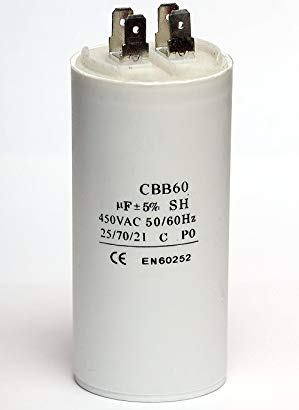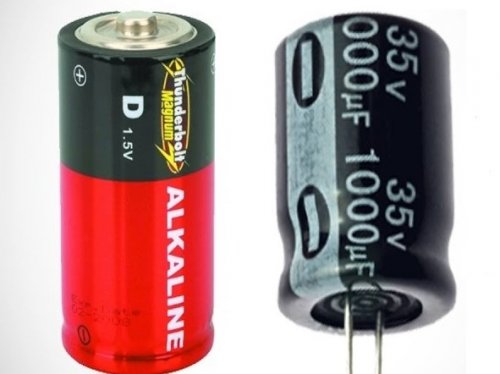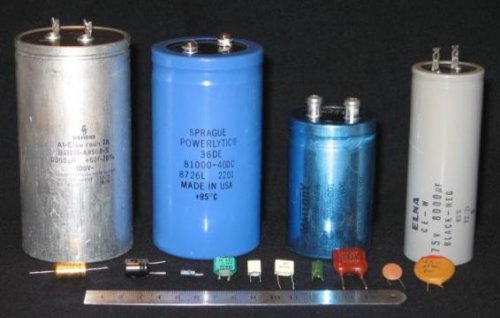Capacitors and batteries - what's the difference
It appears that batteries and capacitors do essentially the same thing — both store electrical energy to then transfer it to the load. It seems just like that, in some cases the capacitor usually behaves like a battery with a small capacity, for example in the output circuits of various converters.
But how often can we say that a battery behaves like a capacitor? Not at all. The main task of the battery in most applications is to accumulate and store electrical energy in chemical form for a long time, to hold it, so that it can then quickly or slowly, immediately or several times, give it to the load. The main task of the capacitor under some similar conditions is to store electrical energy for a short time and transfer it to a load with the required current.
That is, for typical capacitor applications, there is typically no need to hold energy for as long as batteries often require. The essence of the differences between a battery and a capacitor lies in the device of both, as well as in the principles of their operation.Although from the outside to an unfamiliar observer it may seem that they should be arranged in the same way.
 Condenser (from the Latin condensatio — "accumulation") in its simplest form — a pair of conductive plates with a significant area, separated by a dielectric.
Condenser (from the Latin condensatio — "accumulation") in its simplest form — a pair of conductive plates with a significant area, separated by a dielectric.
The dielectric located between the plates is able to accumulate electrical energy in the form of an electric field: if an EMF is created on the plates using an external source potential difference, then the dielectric between the plates is polarized because the charges on the plates with their electric field will act on the bound charges inside the dielectric and these electric dipoles (bound pairs of charges inside the dielectric) are oriented to try to compensate with their total electric field, the field of charges that are present on the plates due to an external source of EMF.
If now the external source of EMF from the plates is turned off, then the polarization of the dielectric will remain - the capacitor will remain charged for some time (depending on the quality and characteristics of the dielectric).
The electric field of a polarized (charged) dielectric can cause electrons to move in a conductor if they close the plates. In this way, the capacitor can quickly transfer the energy stored in the dielectric to the load.
The capacity of the capacitor is the larger the area of the plates and the higher the dielectric constant of the dielectric. The same parameters are related to the maximum current that the capacitor can receive or give during charging or discharging.

Battery (from lat. acumulo collect, accumulate) works in a completely different way than the capacitor.The principle of its action is no longer in the polarization of the dielectric, but in reversible chemical processes occurring in the electrolyte and at the electrodes (cathode and anode).
For example, during charging of a lithium-ion battery, lithium ions under the action of an external EMF from the charger applied to the electrodes are embedded in the graphite grid of the anode (on a copper plate), and when discharged, back into the aluminum cathode ( eg from cobalt oxide).Links are formed. The electrical capacity of the lithium battery will be the greater the more lithium ions are embedded in the electrodes during charging and leave them during discharging.
Unlike the capacitor, there are some nuances here: if the lithium battery is charged too quickly, then the ions simply do not have time to be embedded in the electrodes, and circuits of metallic lithium are formed, which can contribute to a short circuit in the battery. And if you drain the battery too fast, the cathode will quickly collapse and the battery will become unusable. The battery requires strict observance of the polarity during charging, as well as control of the values of the charging and discharging currents.



